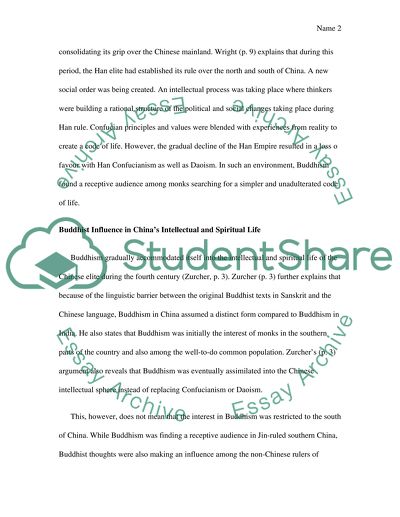Cite this document
(“To what extent was China a Buddhist country from the third to the Essay”, n.d.)
To what extent was China a Buddhist country from the third to the Essay. Retrieved from https://studentshare.org/history/1491210-to-what-extent-was-china-a-buddhist-country-from
To what extent was China a Buddhist country from the third to the Essay. Retrieved from https://studentshare.org/history/1491210-to-what-extent-was-china-a-buddhist-country-from
(To What Extent Was China a Buddhist Country from the Third to the Essay)
To What Extent Was China a Buddhist Country from the Third to the Essay. https://studentshare.org/history/1491210-to-what-extent-was-china-a-buddhist-country-from.
To What Extent Was China a Buddhist Country from the Third to the Essay. https://studentshare.org/history/1491210-to-what-extent-was-china-a-buddhist-country-from.
“To What Extent Was China a Buddhist Country from the Third to the Essay”, n.d. https://studentshare.org/history/1491210-to-what-extent-was-china-a-buddhist-country-from.


